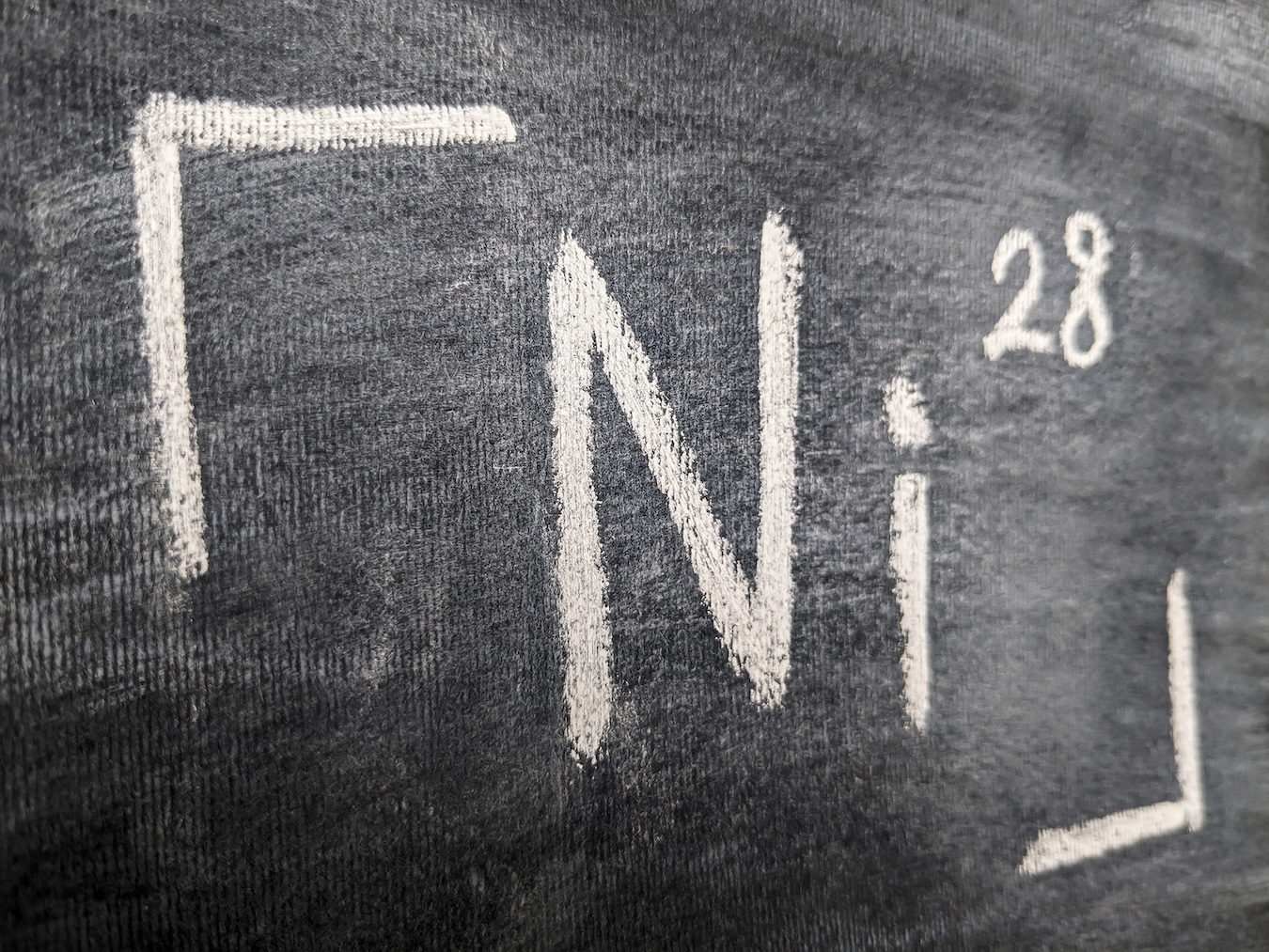
More Than Meets the Eye


Many studies suggest that pushing your brain to multitask — writing emails, for instance, while watching the day’s latest news and eating breakfast — leads to poorer performance and lower productivity. But for at least one everyday task — visual sampling (the act of picking up bits of visual information through short glances) — multitasking is not a problem for the brain. A collaboration between researchers at the UC Santa Barbara and the University of Bristol in the UK has shown that during visual sampling, the brain can handle various visual functions simultaneously.
“We might not realize it, but human vision is rather limited,” said Miguel Eckstein, professor in the Department of Psychological and Brain Sciences at UCSB. “We only see clearly in a small region around our specific focus.” Eckstein’s study, “Foveal analysis and peripheral selection during active visual sampling,” appears in the early Proceedings of the National Academy of Sciences Plus edition.
The crisp clarity of the object directly within your gaze is due to the fovea, a depression at the back interior of your eyeball, which is required for tasks that demand visual acuity, like reading, examination and searches for specific objects or people. When something catches your attention, you swing your gaze to it, lining it up with that tiny depression, allowing for closer inspection, also known as foveal analysis. Whatever falls outside that narrow zone becomes blurry and less distinct.
But when looking for something — say, a specific book among a group of books lined up on a shelf, or a certain prescription in a medicine cabinet, or even a friend in a crowd of people — how do your eyes know where to move to find that book without reading every title on the shelf, or that medicine without examining every bottle and tube in the cabinet, or that person without scrutinizing every face in the group? That process takes place in one’s peripheral vision, which, though you might not be aware, your brain is evaluating and deciding where to direct your gaze as you decide whether or not the thing you are focused on is the object you have been seeking.
“For example, when scanning your book shelves for your blue cover copy of ‘Moby Dick,’ you only have access to detailed visual information such as the text on the spine where you are currently looking,” explained Eckstein. “To view the titles and authors of surrounding books, you would have to shift the line of sight by moving your eyes, and for large gaze shifts, the head. To find ‘Moby Dick,’ your brain has to do at least two things: analyze the book you are currently looking at to decide whether it is ‘Moby Dick,’ but also to select candidate blue books in the periphery for an eye movement for future inspections.”
The team of researchers — Eckstein, and professors Casimir J. H. Ludwig and J. Rhys Davies of the School of Experimental Psychology at the University of Bristol — discovered that the human brain has the capacity to perform both functions rapidly and accurately, at the same time and independently. The researchers devised various tests that would stimulate each process (foveal analysis and peripheral selection), adding various degrees of difficulty. Using an eye-tracker, they monitored the accuracy of both the observers’ foveal and peripheral perceptual judgments and their of point of gaze. The researchers also added random temporal perturbations to the stimulus, and using computational techniques they visualized how the brain utilizes information through time to direct the gaze and to influence the foveal perceptual judgments.
Conventional wisdom on the multitasking brain suggests that simultaneous tasks would result in competition between the two processes and a bottleneck resulting in poorer performance.
“The brain would have to either do one task at a time — slowing the total time to complete both — or do both at the same time but not as well on each of them,” said Eckstein, explaining that giving priority to one process — selection in the periphery, for instance — would compromise how well one could make a judgment about an object analyzed with the fovea, or vice versa.
However, the results of these tests demonstrated that neither process was interrupted or slowed by the other. Additionally, the accuracy of the perceptual judgments and the frequency with which participants’ gaze pointed to the correct peripheral stimulus were not affected, suggesting that not only do the two processes occur at the same time, but also that one has a certain degree of independence from the other.
This specialized ability to perform both tasks involved in visual sampling may have to do with the sheer amount of time humans spend visually sampling their environment — about 10,000 eye movements per day, much of which is spent doing both foveal analysis and peripheral selection. Other reasons for this ability may have to do with humans’ need to maintain vigilance over their periphery while performing focused visual analysis — say while hunting or traveling — over the course of evolution.
“We do not know if this is innate or arises from experience in early life, or both,” said Eckstein. However, proving they are parallel, simultaneous and independent functions provide a starting point for understanding how they are coordinated.


